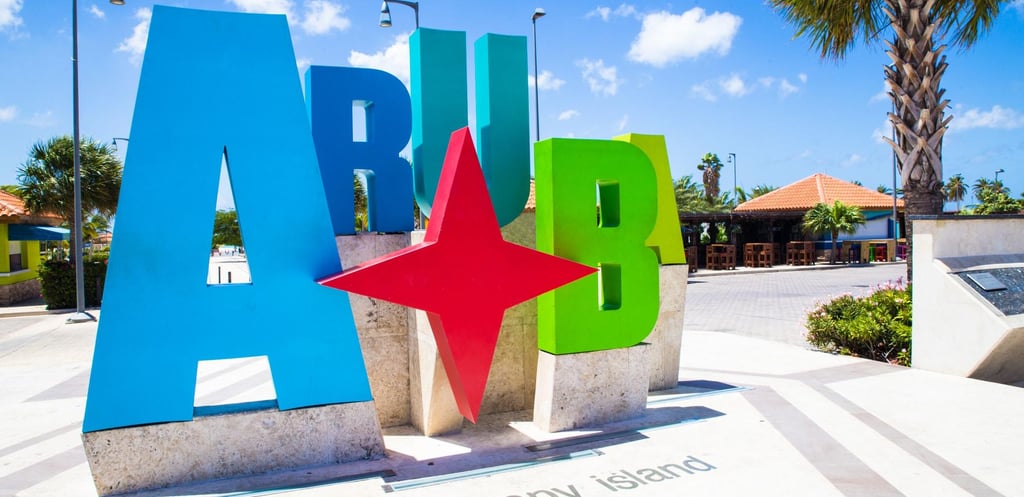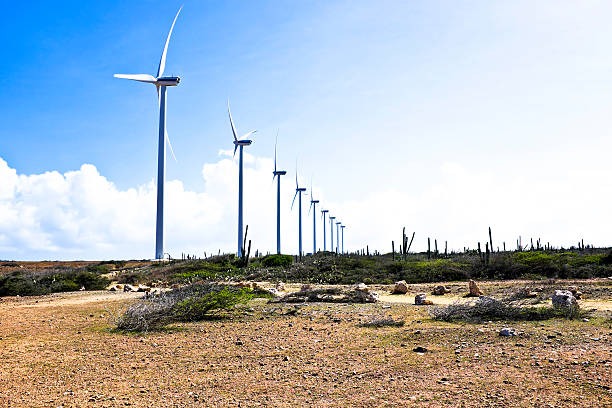

On most days in Aruba, the wind is impossible to ignore. It bends the divi-divi trees, fuels world-class kite surfing, and provides welcome relief from the Caribbean sun. Now, those same trade winds are being put to work in a new way: helping to generate the electricity that powers the island’s future.
An Economy Once Fueled by Oil
Like many small islands, Aruba has historically relied on imported oil to generate nearly all of its electricity. For decades, the system kept hotels, homes, and businesses humming but dependence on global oil markets came with risks: volatile prices, high costs for residents, and heavy carbon emissions. For a country that depends on tourism and is acutely vulnerable to climate change, it was clear that something had to change.
Turning Wind Into Power
In 2009, Aruba began a new chapter with the launch of the Vader Piet Wind Farm, a cluster of turbines on the island’s rugged eastern coast. A second facility, Urataca, soon followed. Together, they now meet nearly a fifth of Aruba’s electricity demand. It’s not the entire grid, but it’s a meaningful shift, one that has reduced fuel imports, stabilized energy costs, and signaled Aruba’s commitment to sustainability.


More Than Megawatts
The benefits are not just measured in kilowatts. By leaning into renewable energy, Aruba has carved out a competitive advantage. Eco-conscious travelers are increasingly seeking destinations that align with their values, and Aruba’s green energy efforts have become part of its global brand. Locals, too, take pride in seeing their island lead by example in the region, balancing economic growth with environmental responsibility.
Looking Ahead
Wind is only one piece of the puzzle. Aruba is steadily adding solar projects and exploring waste-to-energy solutions as part of an ambitious goal: running on 100% renewable energy in the years ahead. While that vision is still unfolding, the progress made so far demonstrates what’s possible when natural resources and political will converge.
The Human Side of Innovation
At its core, Aruba’s energy transition is about more than infrastructure. It’s about families enjoying lower bills, small businesses operating with greater confidence, and a nation choosing to safeguard its future. The same breezes that have shaped Aruban life for centuries are now helping to power its homes, fuel its economy, and protect its environment.
From trade winds to turbines, Aruba’s story is proof that even the smallest of nations can lead in big ways!
